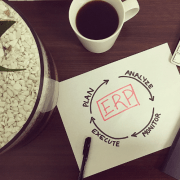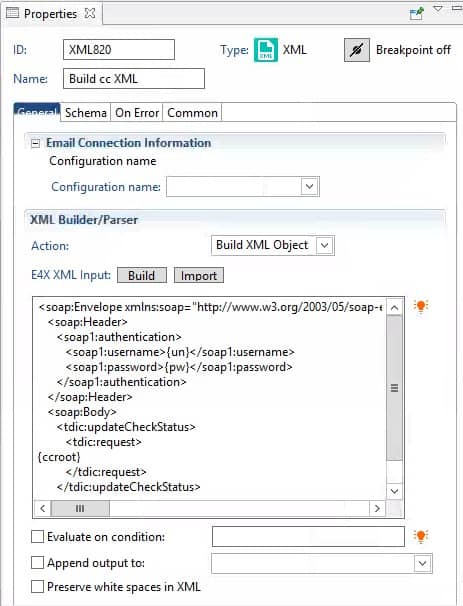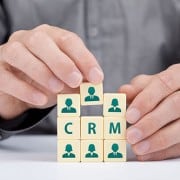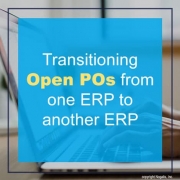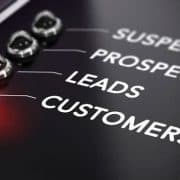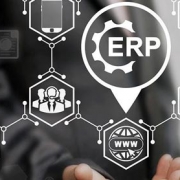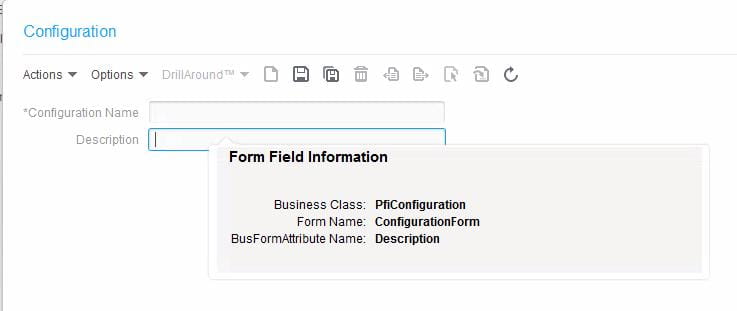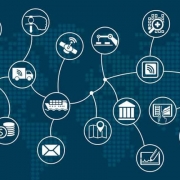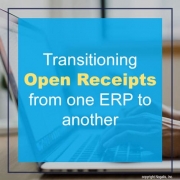Arun Upadhyay, CEO and Founder of LionO360 shares an article on Forbes regarding what small-to-medium-sized businesses (SMBs) should consider when choosing an enterprise resource planning (ERP) system. Upadhyay stresses that implementing the right technology makes a world of a difference and can impact your business. ERPs are designed to connect the different areas and processes of a company that’s needed to run the business. Deciding what ERP to implement is half the battle. Below are Upadhyay’s tips to consider before seeking an ERP solution.
- Figure Out Your Requirements – Start by identifying shortfalls, challenges, inconsistencies, processes or systems that are inefficient, waste money or slow productivity. Seek input from senior management, IT teams, end users and others who are engaged in specific areas of your business.
- Compare Offerings -After you’ve sorted out your requirements, look to see what features, functionalities and technologies different ERPs offer. Most have a dizzying array of options. To avoid being overwhelmed, take a big-picture approach.
- Appoint An Integration Manager – Many vendors will assign you a project manager. However, you should appoint an internal person or team that understands the ERP you’ve selected as well as your company’s systems. Ideally, this person will be involved in the ERP onboarding process from day one: They will help gather requirements and will become fully acclimated to the new ERP. They will work alongside the vendor on any data conversions, coding customization and application migration. They will coordinate all necessary training and will liaise between the vendor and internal staff.
- Decide On An Option – As with most technologies, it’s important to think long-term when you’re selecting ERP software and a vendor. By doing so, you’ll better position your company and the vendor as partners for mutual success.

